Emerging Markets and Expanding Reach
The Direct Broadcasting Satellite Equipment Market is poised for growth in emerging markets, where demand for satellite services is rapidly increasing. Regions with limited access to traditional broadcasting infrastructure are turning to satellite solutions as a viable alternative. This trend is particularly evident in parts of Asia and Africa, where the penetration of satellite television is expected to rise significantly. Market analysts project that the number of satellite TV subscribers in these regions could double by 2030, driven by affordability and accessibility. As a result, satellite operators are focusing on tailoring their services to meet the unique needs of these markets, which may include localized content and cost-effective packages. This expansion into emerging markets not only broadens the customer base for the Direct Broadcasting Satellite Equipment Market but also presents opportunities for innovation and growth.
Regulatory Support and Policy Frameworks
The Direct Broadcasting Satellite Equipment Market benefits from supportive regulatory frameworks and policies that promote satellite communications. Governments across various regions are recognizing the importance of satellite technology in bridging the digital divide and enhancing connectivity in remote areas. Initiatives aimed at expanding broadband access through satellite services are gaining traction, leading to increased investments in satellite infrastructure. For instance, regulatory bodies are streamlining licensing processes and providing incentives for satellite operators to deploy advanced equipment. This supportive environment is expected to drive market growth, with projections indicating a potential increase in market size by 10% over the next five years. As regulations evolve to accommodate new technologies, the Direct Broadcasting Satellite Equipment Market is poised to capitalize on these opportunities, fostering innovation and expansion.
Rising Consumer Demand for Diverse Content
The Direct Broadcasting Satellite Equipment Market is significantly influenced by the rising consumer demand for diverse and high-quality content. As viewers increasingly seek a variety of programming options, including international channels, sports, and on-demand services, satellite providers are compelled to enhance their offerings. This trend is reflected in the growing subscriber base for satellite television services, which has seen an increase of approximately 3% annually. The demand for bundled services, combining satellite TV with internet and telecommunication services, is also on the rise. This shift not only boosts revenue for satellite operators but also drives the need for advanced broadcasting equipment capable of delivering a seamless viewing experience. Consequently, the Direct Broadcasting Satellite Equipment Market is likely to expand as companies invest in new technologies to meet these evolving consumer preferences.
Technological Advancements in Broadcasting
The Direct Broadcasting Satellite Equipment Market is experiencing a surge in technological advancements that enhance signal quality and transmission efficiency. Innovations such as high-throughput satellites (HTS) and advanced modulation techniques are transforming the landscape. These technologies allow for increased bandwidth and improved data rates, catering to the growing demand for high-definition and ultra-high-definition content. As of 2025, the market is projected to grow at a compound annual growth rate (CAGR) of approximately 5.2%, driven by these advancements. Furthermore, the integration of artificial intelligence in satellite operations is streamlining processes, reducing operational costs, and improving service reliability. This technological evolution not only attracts new players into the Direct Broadcasting Satellite Equipment Market but also encourages existing companies to upgrade their systems, thereby fostering a competitive environment.
Increased Investment in Satellite Infrastructure
The Direct Broadcasting Satellite Equipment Market is witnessing increased investment in satellite infrastructure, driven by the need for enhanced broadcasting capabilities. As competition intensifies among service providers, there is a growing emphasis on upgrading existing satellite systems and deploying new satellites equipped with advanced technologies. Investment in satellite infrastructure is projected to reach approximately $20 billion by 2026, reflecting a robust commitment to improving service quality and expanding coverage. This influx of capital is likely to facilitate the development of next-generation satellites that can support higher data rates and more efficient transmission. Additionally, partnerships between satellite operators and technology firms are becoming more common, further propelling innovation within the Direct Broadcasting Satellite Equipment Market. Such collaborations are essential for addressing the challenges posed by evolving consumer demands and technological advancements.

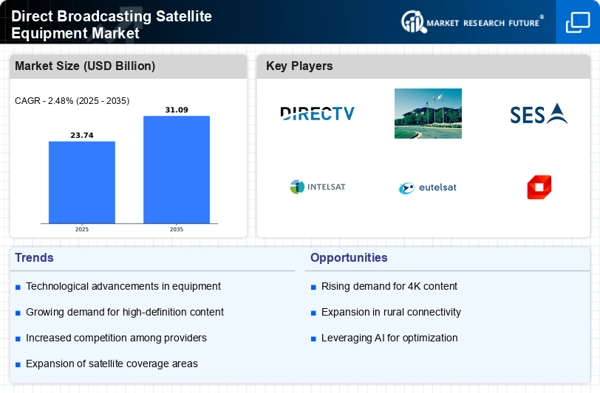

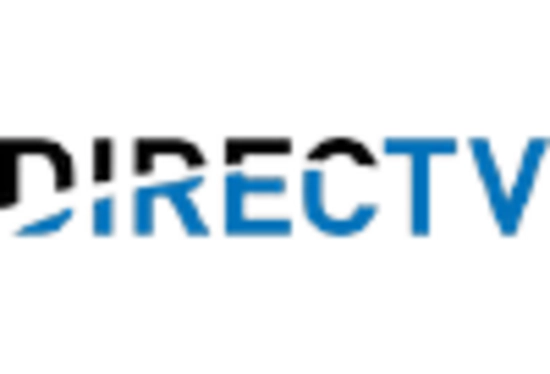

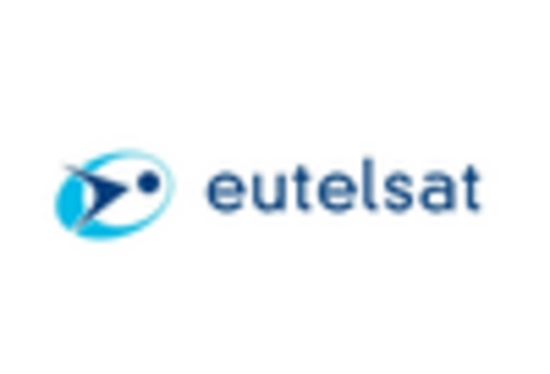
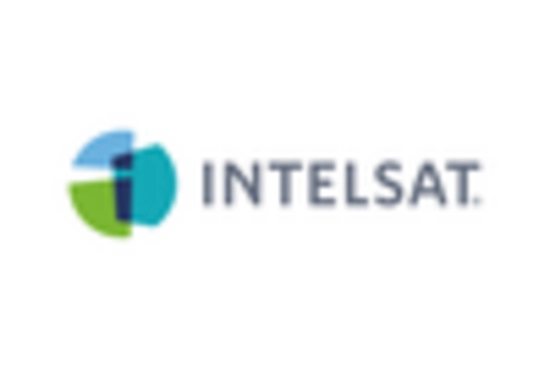
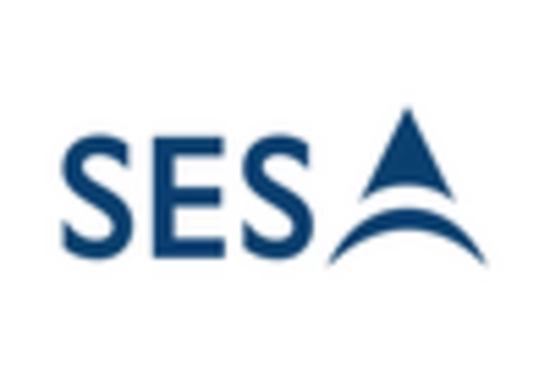
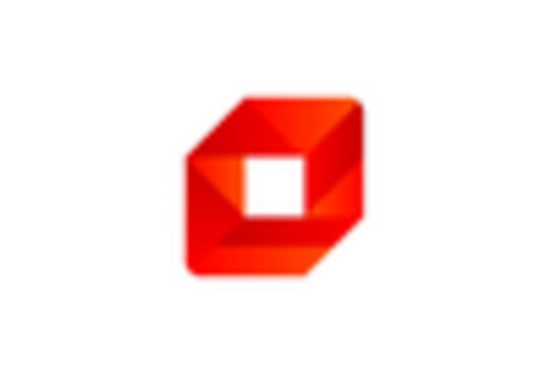








Leave a Comment